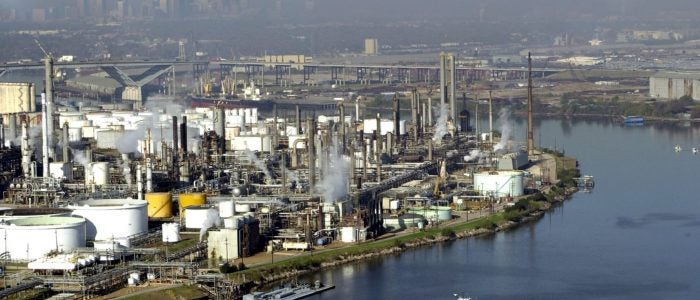Research Studies
What different cities can teach us about pollution
EDF and our partners are working to better understand air pollution, its behavior and its impact on our health. As part of that effort, we are working in cities across the globe to test new methods. Our teams are learning what works, what kinds of resources are required and how to scale these efforts to empower more cities get involved.
Collaborative efforts, rooted in science
Starting with our first study in Oakland, EDF has convened a diverse group of partners from industry, academia, local government, health care and community environmental justice organizations who are informing our approach and helping us better understand our findings. These efforts have already produced a series of peer-reviewed studies and user-friendly maps that are supporting local organizations, air pollution managers and policymakers create and implement solutions to reduce pollution.
-
Explore Our Findings
Explore NowVisit our case studies on Oakland, London and Houston and learn how we’re expanding our work to Salt Lake City, China, Mexico, India and beyond.
 Houston ship channel
Houston ship channel London school kids with Google Street View Car
London school kids with Google Street View Car Diesel-powered freight trucks idling at Port of Oakland (Photo by Justin Sullivan via Getty Images)
Diesel-powered freight trucks idling at Port of Oakland (Photo by Justin Sullivan via Getty Images)
Research supported by EDF’s Global Clean Air program
Health of the Air: Adverse Health Impacts of Outdoor Air Pollution, including from Wildland Fires, in the United States (October 2023)
Toward hyperlocal source identification of pollutants in cities by combining mobile measurements with atmospheric modeling (October 2023)
Methane and Health: Dialogue Series (July 2023)
Performance-based protocol for selection of economical portable sensor for air quality measurement (June 2023)
Geophysical Research Letters: Extreme Smog Challenge of India Intensified by Increasing Lower Tropospheric Stability (June 2023)
Environmental Research: Health: Air pollution and health impacts of oil & gas production in the United States (May 2023)
Making the Invisible Visible: Shining a Light on Warehouse Truck Air Pollution (April 2023)
Updated Analysis of PM2.5-related Health Burdens Under Current and Alternative NAAQS (March 2023)
Identifying Patterns and Sources of Fine and Ultrafine Particulate Matter in London Using Mobile Measurements of Lung-Deposited Surface Area (December 2022)
Analysis of PM2.5-related Health Burdens Under Current and Alternative NAAQS (June 2022)
New methods to derive street-scale spatial patterns of air pollution from mobile monitoring (February 2022)
Evaluating uncertainty in sensor networks for urban air pollution insights (January 2022)
Mortality Risk from PM2.5: A Comparison of Modeling Approaches to Identify Disparities across Racial/Ethnic Groups in Policy Outcomes (December 2021)
Characterizing Elevated Urban Air Pollutant Spatial Patterns with Mobile Monitoring in Houston, Texas (January 2020)
High-spatial-resolution mapping and source apportionment of aerosol composition in Oakland, California, using mobile aerosol mass spectrometry (November 2018)
Mapping Air Pollution with Google Street View Cars: Efficient Approaches with Mobile Monitoring and Land Use Regression (October 2018)
Observing local CO2 sources using low-cost, near-surface urban monitors (September 2018)
Robustness of intra urban land-use regression models for ultrafine particles and black carbon based on mobile monitoring (September 2017)
High-Resolution Air Pollution Mapping with Google Street View Cars: Exploiting Big Data (June 2017)
Comparison of Ultrafine Particle and Black Carbon Concentration Predictions from a Mobile and Short-Term Stationary Land-Use Regression Model (November 2016)
